:max_bytes(150000):strip_icc()/Crawlspace-Under-House-157191299-56a4a1465f9b58b7d0d7e603.jpg)
House Foundation Types, Uses, and Pros and Cons
The main differences between a crawl space and a basement are ceiling to floor clearance, floor, windows, and access. Crawl spaces typically have clearances less than 48" and a basement is 8' to 10'. Basements commonly have a level concrete floor and windows, while crawl spaces may be unlevel dirt, gravel, stone, or concrete floors, and.
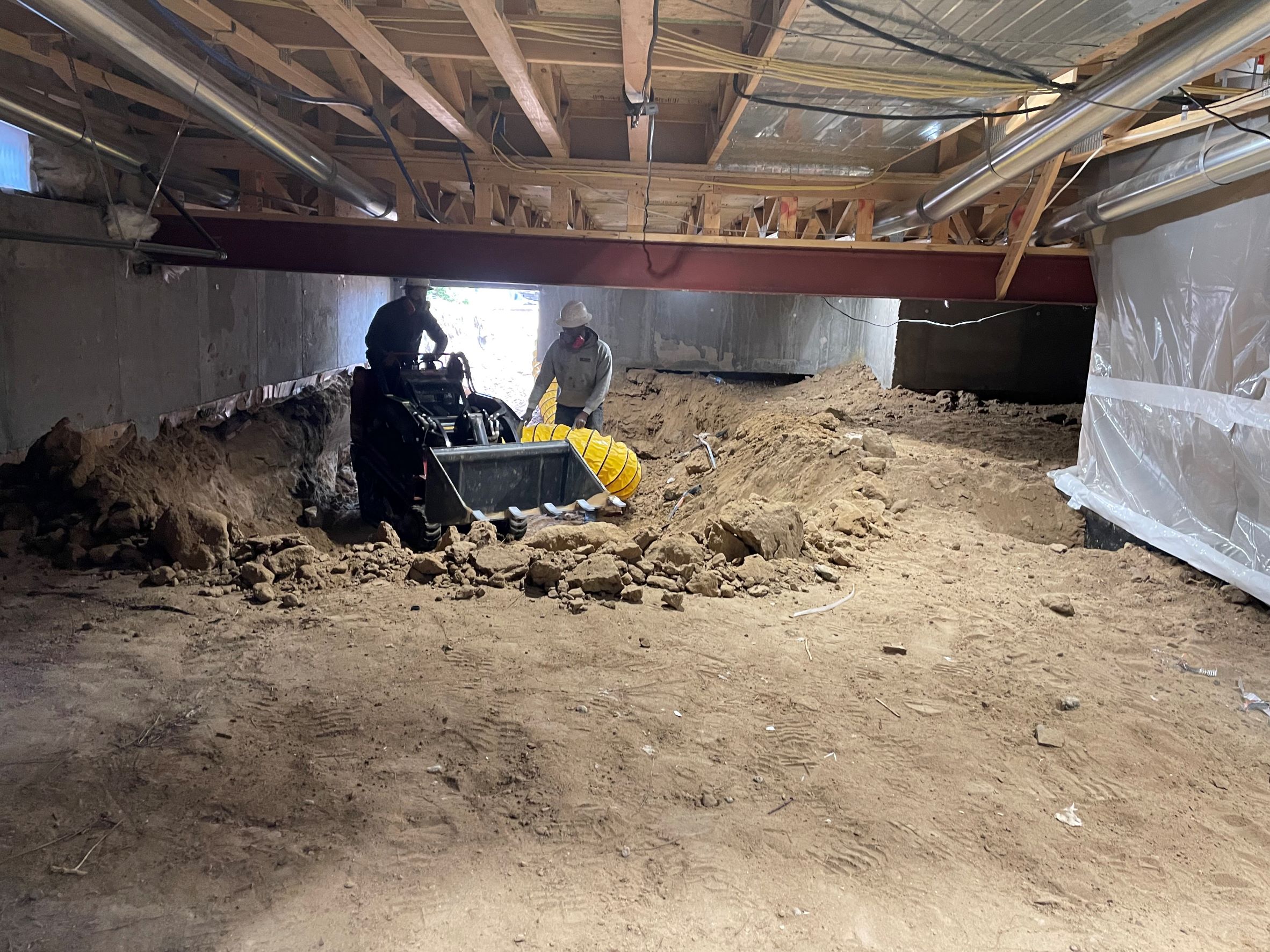
Crawl space Conversions by Liftech Add Space to Your Home
A crawl space is a small space that exists beneath some homes. This area will have a very low ceiling. You'll usually have to crawl to enter the space. That's why it's called a crawl space in the first place. Often, the ceiling will be so low that you won't be able to sit up while underneath the house.
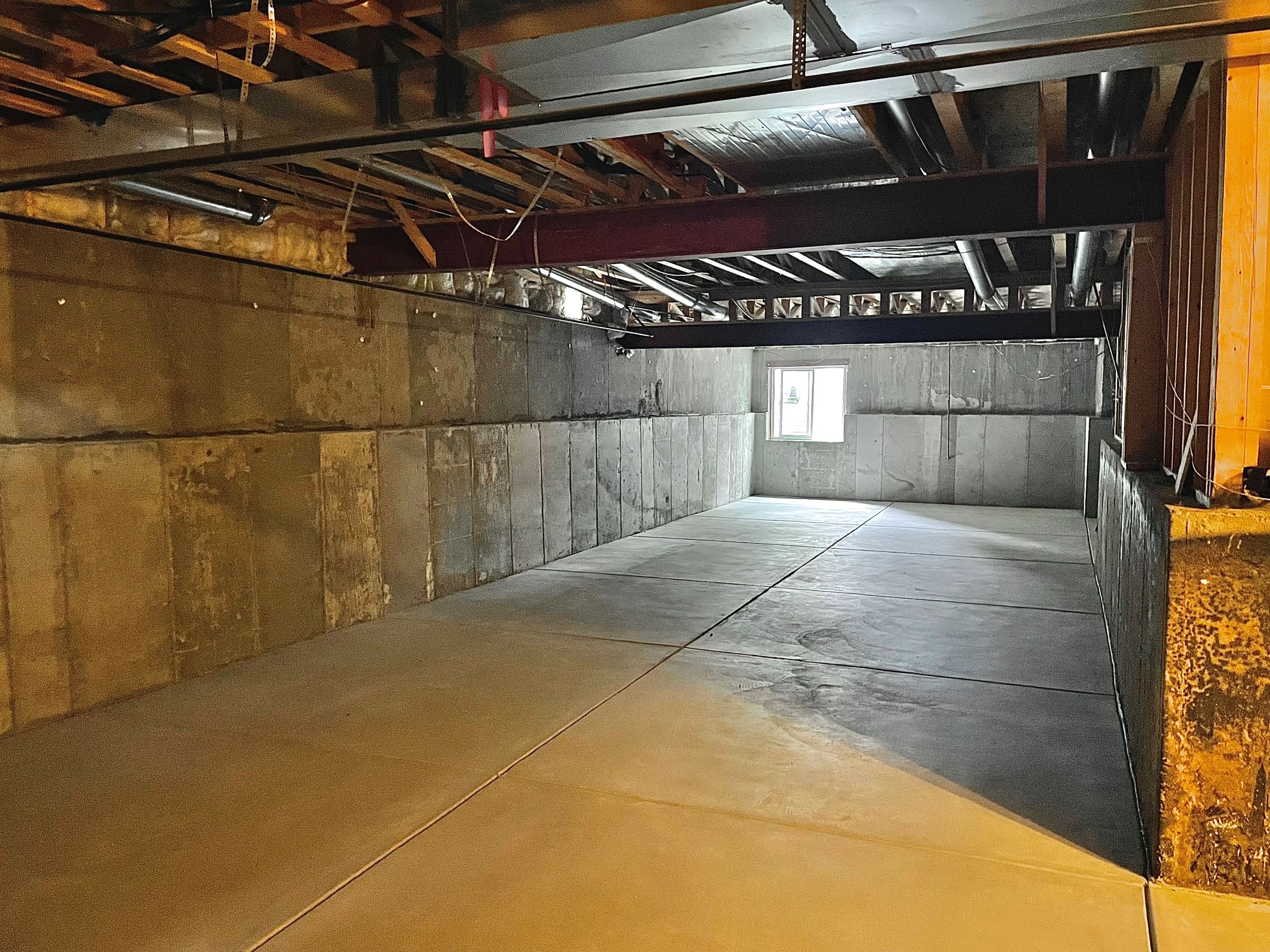
Crawl space Conversions by Liftech Add Space to Your Home
A great way to increase your home's livable space is to excavate a basement or convert a crawl space into a finished basement. The total cost to dig out and finish a basement is typically between $60,000 and $150,000, and the cost to expand a crawl space ranges from about $47,500 to $135,000.*

Basement SOS Smart Organizing Solutions
The cost of converting a crawl space into a basement can vary depending on location, size, and condition of the existing crawl space, ranging from $8,000 to $30,000 or more. Insurance companies typically treat basements differently than crawl spaces, often offering coverage for damages in basements.

How to make your basement or crawl space more efficient Alabama
Our Crawl Space Basement Here's What our Crawl Space Looked Like Before. Typical to most crawl spaces, ours was dark and had low clearance height. The only access we had to the space was through a trap door, under our laundry room. It also housed all our plumbing and electrical. But the biggest plus was that our crawl space had cement floors.

Basement (crawl space) excavation with underpinning foundation Bisson
When turning a crawl space into a basement, follow these steps: Plan your project and ensure you have an engineer's approval. Get approval/permits from your municipality. Dig around the outside of the foundation down to the footings Raise the house structure with hydraulic jacks, i-beams, and cribbing

What Is Crawl Space Basement Basement Crawl Space FINALLY finished
If you think about it, a crawl space is like a basement, but smaller. So, yes, it's possible to turn your crawl space into a basement. However, this is a complicated process that will require making major changes to your foundation. You'll have to raise your house or lower the floor level to increase the height of your crawl space ceiling.
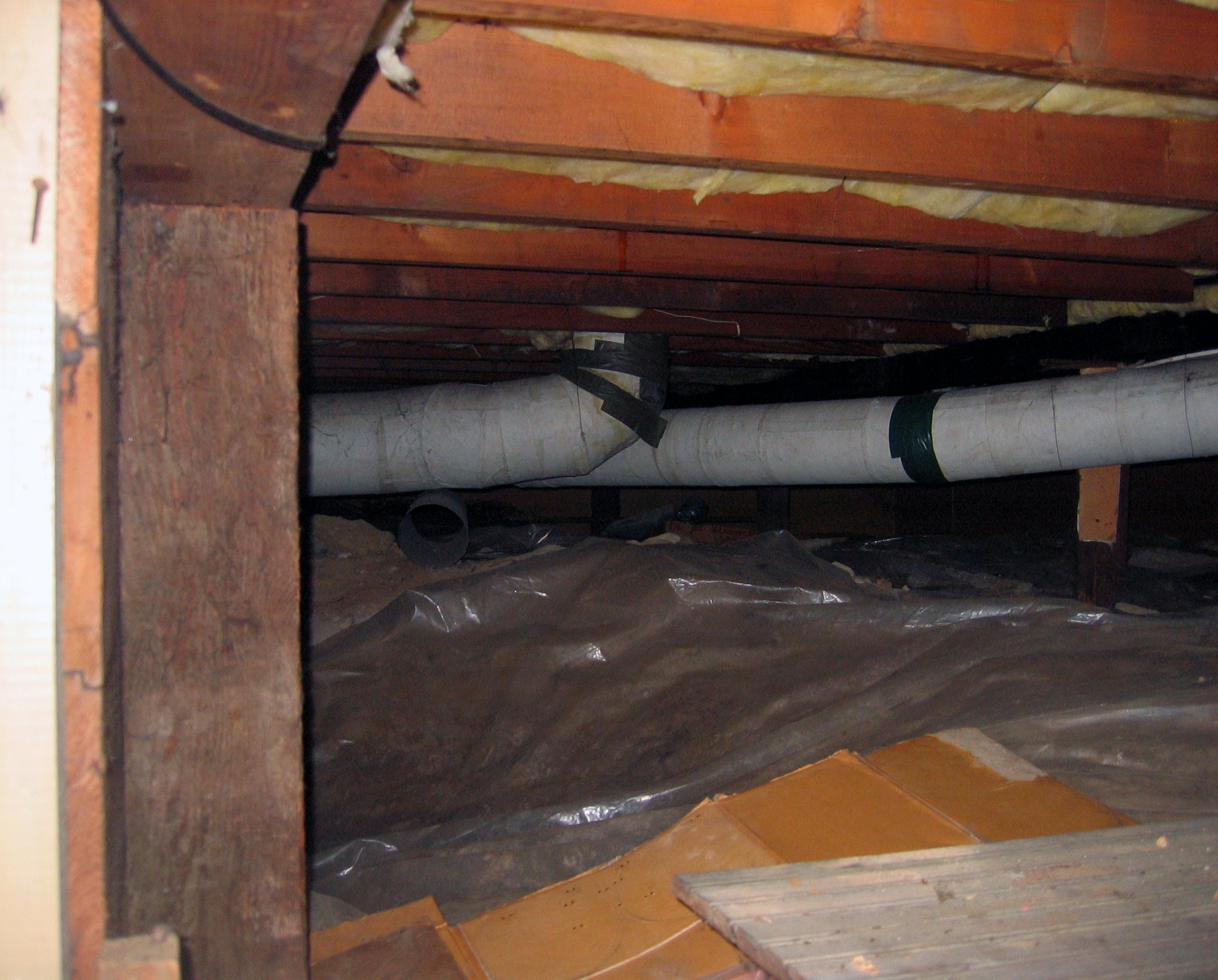
how to turn a crawl space into a short basement CHEZERBEY
A crawl space is a small room beneath the main floor of a home but is not a full basement. These spaces typically have solid walls and offer little standing room, most measuring less than 5 feet.

Crawl space dig out to make a basement Columbus, Basement remodel diy
Put simply, a crawl space is an unfinished space located between the first floor and the ground of some houses. With a typical ceiling height between 3 and 4 feet, crawl spaces can only be accessed by crawling, hence the name. A crawl space does the same things a full-size basement would do; house plumbing, HVAC systems, and the home's foundation.

Digging Out Crawl Space / Crawl Space Dig Out To Make A Basement
The basement foundation is one of the most important elements of a building structure, providing stability, storage space, and additional living space if desired. There are several types of basement foundations, each with its own unique characteristics and advantages. In this article, we will explore the differences between slab, crawl space, full basement, walkout basement, and daylight.

What Is Crawl Space Basement Basement Crawl Space FINALLY finished
Converting a crawlspace to a completely finished basement costs $50 per square foot on average with a typical range of $30 to $75 per square foot. Adding 2,000 square feet under your home runs $60,000 to $150,000. Expanding an existing partial basement into a full one might run $20,000 to $70,000. It's almost always cheaper to build an addition.
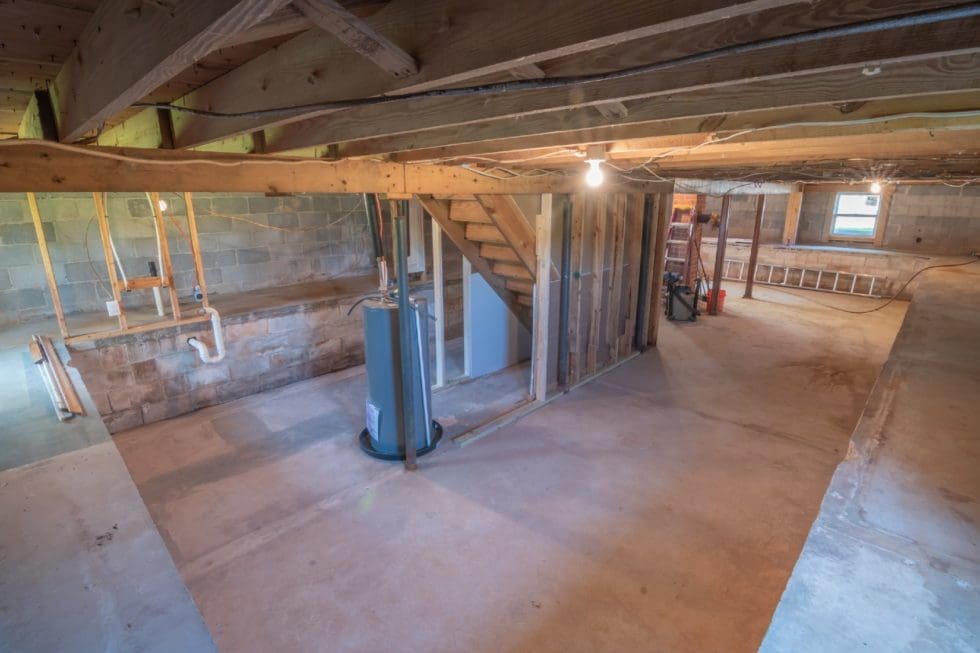
The Low Down Crawl Spaces vs. Basements 2022 Crawl Pros
A basement crawl space uses footings and walls (made of cinder blocks, poured concrete, wood or steel construction) to support the weight of the house. The walls can be up to 5 feet high, but the typical crawl space is between 1 to 3 feet high. Crawl spaces are also unfinished, making it easy to access the mechanicals of your home.
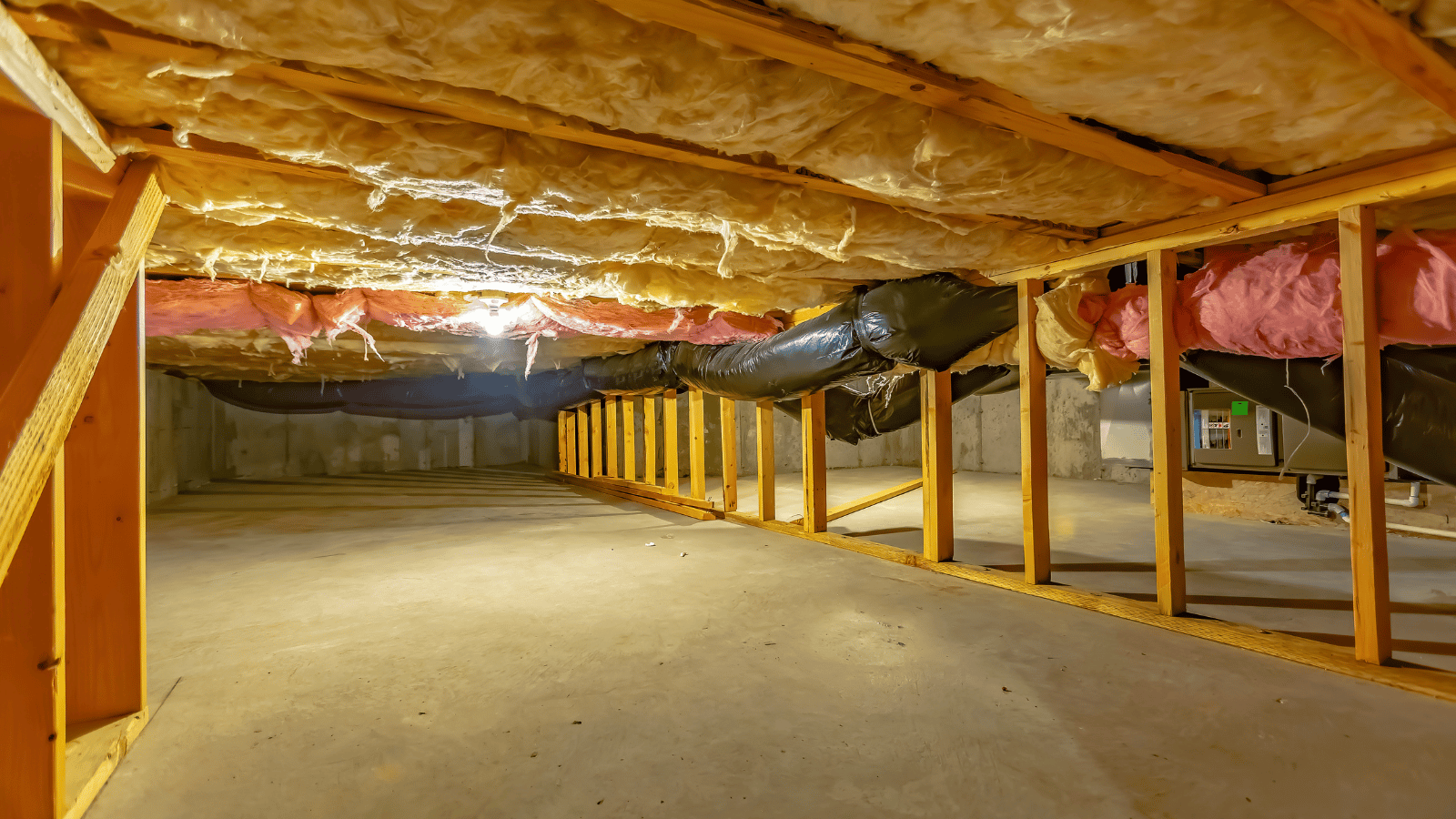
Crawl Space Versus Basement Crawlspace Medic
Basement Systems Inc., based in Seymour, Connecticut, is a network of basement waterproofing and crawl space repair contractors spanning across the United States and Canada. Since 1987, their innovative products and systems have helped homeowners transform their wet, leaky basements and nasty crawl spaces into dry, healthy living spaces.
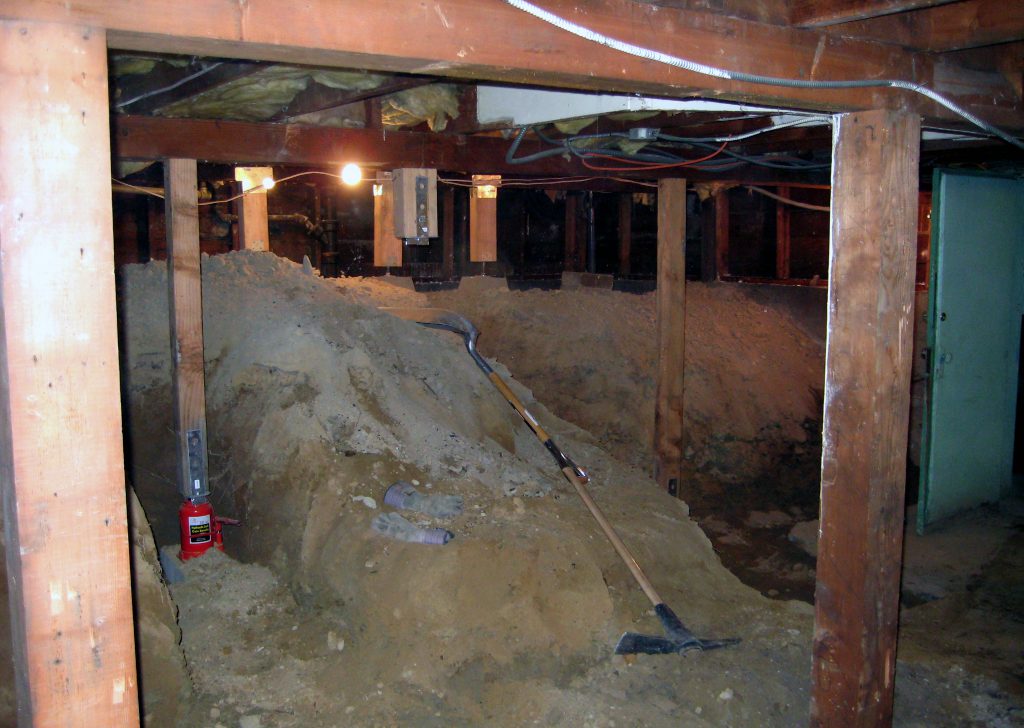
how to turn a crawl space into a short basement Studio Zerbey
A crawl space is an incomplete, constrained space that serves as a foundation for a house. It's largely in charge of maintaining and regulating the amount of moisture present. Additionally, these spaces serve as a cover for a building's essential services. Some of these services include pipelines, electricity lines, and HVAC.

The Low Down Crawl Spaces vs. Basements Crawl Pros
Step 3: Pouring a New Concrete Foundation. Once the crawl space has been dug out to the desired depth, a new concrete foundation is poured around the existing foundation. This provides the structural support necessary for the basement and ensures the stability of the home. The concrete foundation is allowed to cure and harden before further.
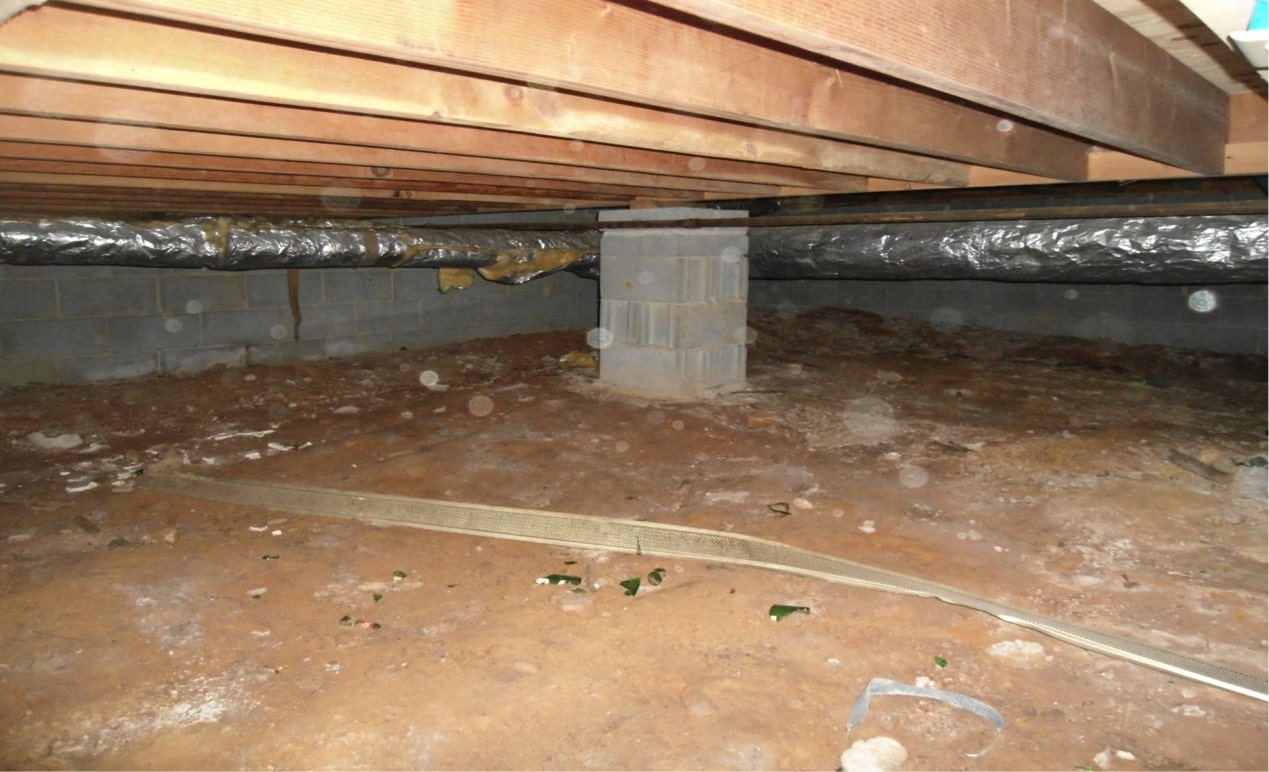
What Is a Crawl Basement? Crawl Basement Meaning. (Answered)
An eight-foot basement requires digging out a crawl space at least a few feet, if not up to around six feet. This process is more complicated than you might expect. To dig out the crawl space, a team needs to be able to get tools underneath the ground, then dig and hollow out the area with the home resting above them.